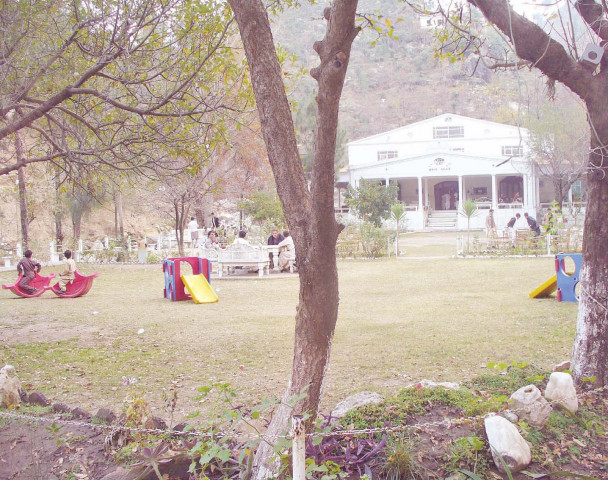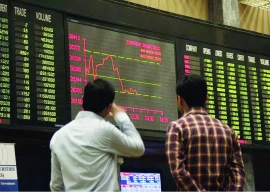
In the field of tourism, Pakistan offers much attraction in the developing world. The historical and cultural heritage of the nation is a testimony of the glory of this ancient land as the country has numerous tourist attractions at Swat, Kalam, Malam Jabba, Shangla, Balakot, Ayubia, Murree, Chitral, Gilgit, Naran and Kaghan valleys, and other mountainous ranges, historical and archaeological places in other parts of the country.
There are few places on the earth that posses the majesty and grandeur of the northern region of Pakistan. Northern Pakistan remains a land of contrasts, unique in its legacy of landlocked civilisation and blessed as no other destination with an amazing array beautiful valleys, lakes, rivers and mountains.
However, due to mismanagement of tourism, this industry is not growing. Despite having a lot of potential, the industry is lagging behind in contributing revenue to the economy as well as behind other developing countries in the region.
If we go back a decade, the trend of tourism was fast gaining pace in 2000, but unfortunately 9/11 disrupted and reversed the advance for two consecutive years – 2001 and 2002. Thereafter, a recovery got under way and tourism recorded unprecedented growth in 2004 and 2005.
However, visitor arrivals have not progressively increased from 2005 to 2009, show latest figures for the period. Though the data shows a recovery from approximately 7.98 million visitors in 2005 to 8.6 million in 2009, an annual increase of 3.9%, it is not very encouraging when compared with India, which has achieved a 9% annual rate of increase.

In terms of tourism receipts, Pakistan’s receipts have declined by 1.2% from $243.5 million in 2008 to $240.6 million in 2009, shows data of the Pakistan Bureau of Statistics (PBS).
Data for 2011 and 2012 is not available. Latest figures quoted by the World Trade Organization (WTO) show that total visitor arrivals in Pakistan increased from 8.6 million in 2009 to 9.1 million in 2010, a 6.1% rise. International tourism receipts rose from around $272 million in 2009 to $305 million in 2010, a gain of 12.1%.
Pakistan’s place in South Asian tourism is also not very encouraging. Country-wise analysis reveals Pakistan is far behind others in growth of tourism. Bhutan’s tourism has grown 39%, Sri Lanka 31% and Nepal 22%, the highest growth rates in the region. They are followed by the Maldives at 18% and India, the largest destination in the region, at 9%, show WTO figures.

Pakistani Diaspora and others visiting friends and relatives here account for more than half of all foreign arrivals at 56%. Holiday and vacation visits are limited to only 14.7% of all arrivals.
At present, business visitors account for 21% of all arrivals in Pakistan. There is potential on this side, if more opportunities are provided to businesses to invest in different sectors on a large scale.
Pakistan has also a lot of potential for religious tourism, especially pertaining to people belonging to Sikh and Buddhist faiths. Only 8,800 tourists came to Pakistan for religious purposes in 2005, a very low figure.
In the case of holiday and recreation tourism, over 75% of long-haul leisure tourists confine their tours to major cities such as Lahore and Islamabad and to the northern part of the country.
Major impediments in the way of tourism growth include political instability, regional and local conflicts, and poor security and safety. In addition to these, lack of adequate information and poor quality control of both tourist services and facilities are also hindering the growth.
If managed properly, the tourism industry can play a significant role in socio-economic development and promise future growth of the country.
THE WRITER IS A PUBLIC POLICY ANALYST AND CONSULTANT AT THE SUSTAINABLE DEVELOPMENT POLICY INSTITUTE, ISLAMABAD
Published in The Express Tribune, January 28th, 2013.
Like Business on Facebook to stay informed and join in the conversation.

















COMMENTS
Comments are moderated and generally will be posted if they are on-topic and not abusive.
For more information, please see our Comments FAQ